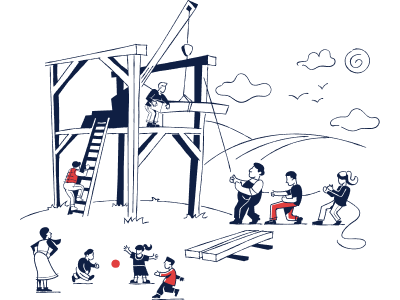
Who has time for a wife and kids when there’s no money for them?
RECOMMENDED READING
The feast of St. Valentine has come and gone again. Another year, and time still marches on. The minor holiday has been made as commercial and gaudy as any other, but it still holds some vestiges of its origins and wears the vestments of a sacred thing that we call love. My own observance largely passed over the ancient martyrdom, I admit, proceeding to the trappings of traditional romance—a dinner date, Valentine’s card and all. Traditional, but not exactly common anymore. Some two thirds of my cohort of American men are single, according to a recent Pew survey. Even factoring in women’s propensity for dating older men, that means a lot of ladies stayed home last night, too. The sexes rise and fall together, no matter how much either one might hate that.
That is one big reason for all this singleness—a culture of resentment, and sterility, and androgyny—but of course material conditions underlie all this, too. Marriage, even if vastly reduced by years of legal and cultural undermining, remains the genius social technology by which the fortunes of men and women are bound together, harnessed and directed for the good of future generations. The family remains, as Aristotle said in his Politics, “the association established by nature for the supply of men’s everyday wants.” And though the polis is prior to any particular family, and participation in a truly political life gives the family and individuals an earthly end, the family is the building block of civil society. But what happens when the goods of marriage and family life are too expensive to expect? People don’t get married, and we have fewer, weaker, informal families, and civil society comes apart.
The good people over at American Compass have come out with their annual Cost of Thriving Index (COTI), their own Valentine’s Day bouquet for their American sweetheart. It makes for grim if informative reading, demonstrating that despite whatever the GDP in primis crowd would have you believe about cheap TVs and cell phones, the middle class American dream, sadly, is dead. As Compass summarizes, “The Index measures the number of weeks a typical worker would need to work in a given year to earn enough income to cover the major costs for a family of four in the American middle class in that year: Food, Housing, Health Care, Transportation, and Higher Education.” In the era of Family Ties, specifically 1985, when costs totaled $17,586, that meant a father (older than 25) making the median weekly wage of $443 only needed to work 39.7 weeks, leaving plenty of time for savings and family vacations, of the National Lampoon variety or otherwise.
Recommended Reading
The GOP After Trump
An exposé on the future of the Republican Party features American Compass’s efforts to lead a return to traditional, family-first values.
Don’t Give Up on Bringing Manufacturing Back to the U.S.
Columnist Noah Smith appraises American Compass’s reshoring policy symposium: “Moving the Chains.”
The US Needs to Rediscover the Meaning of Investment
American Compass executive director Oren Cass makes the case that fortunes are made in financial markets without benefiting the real economy.









